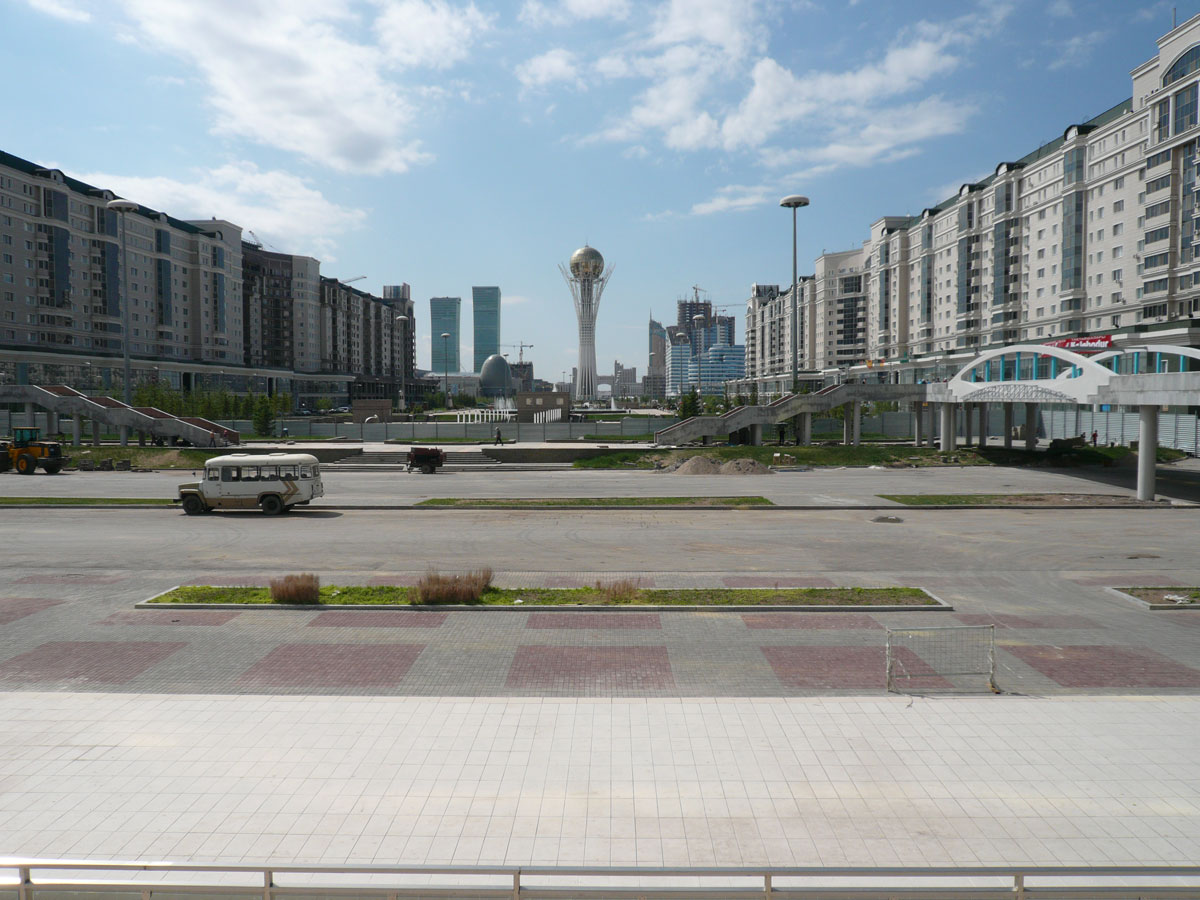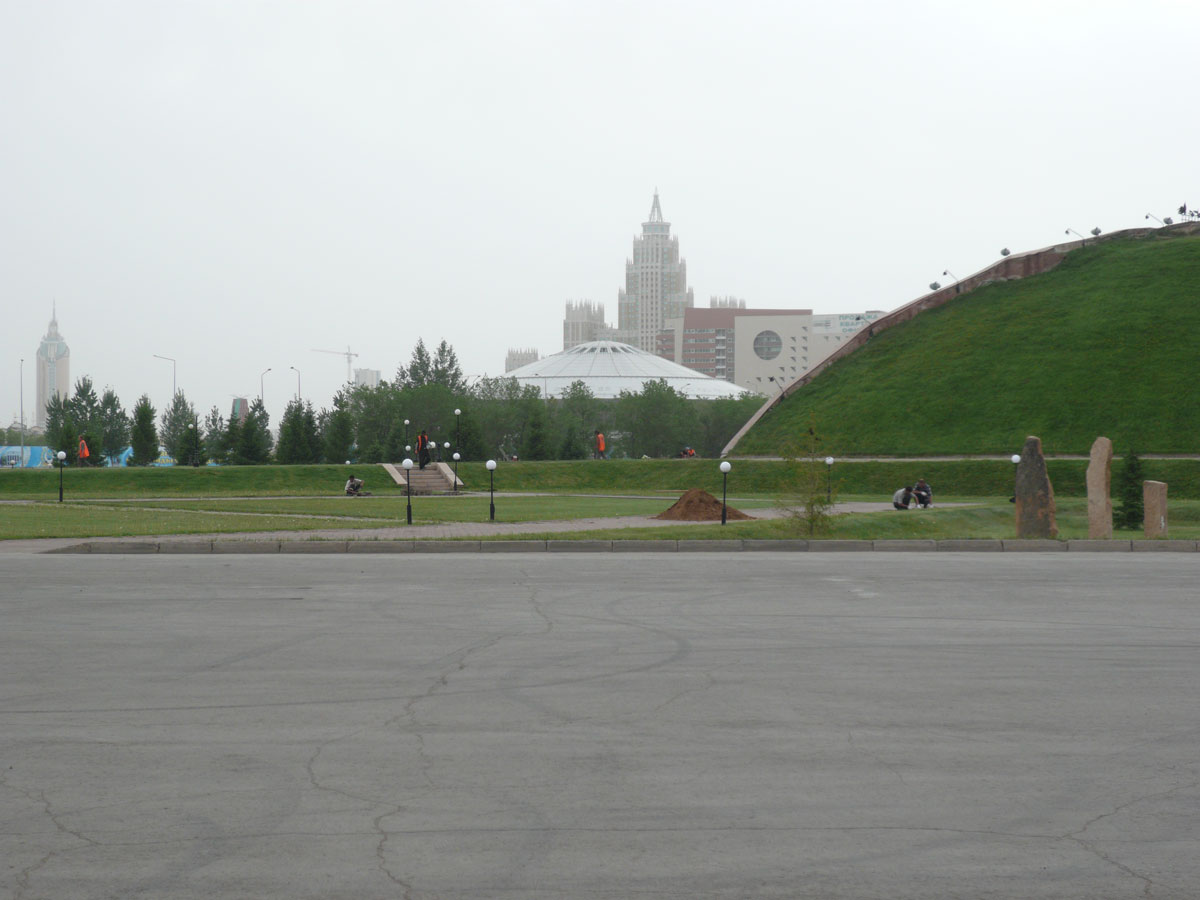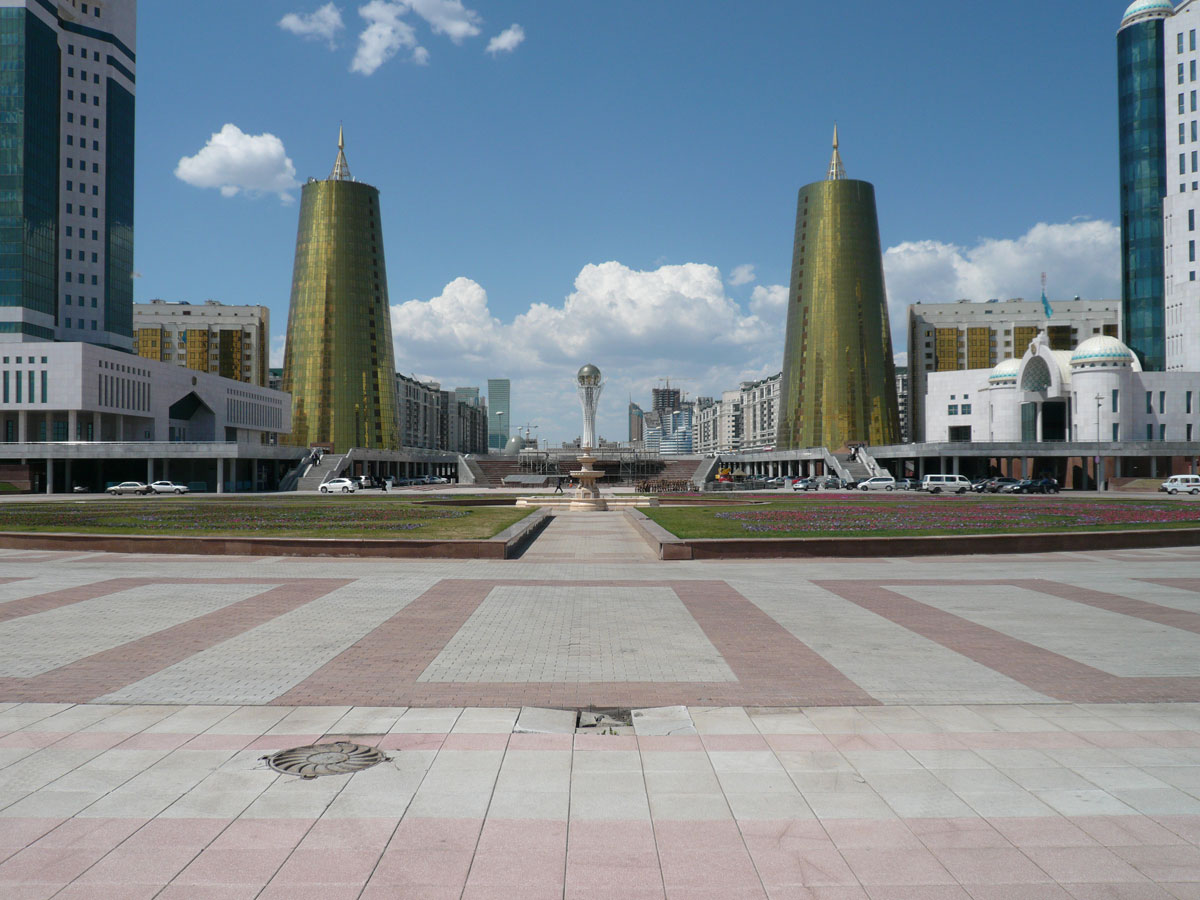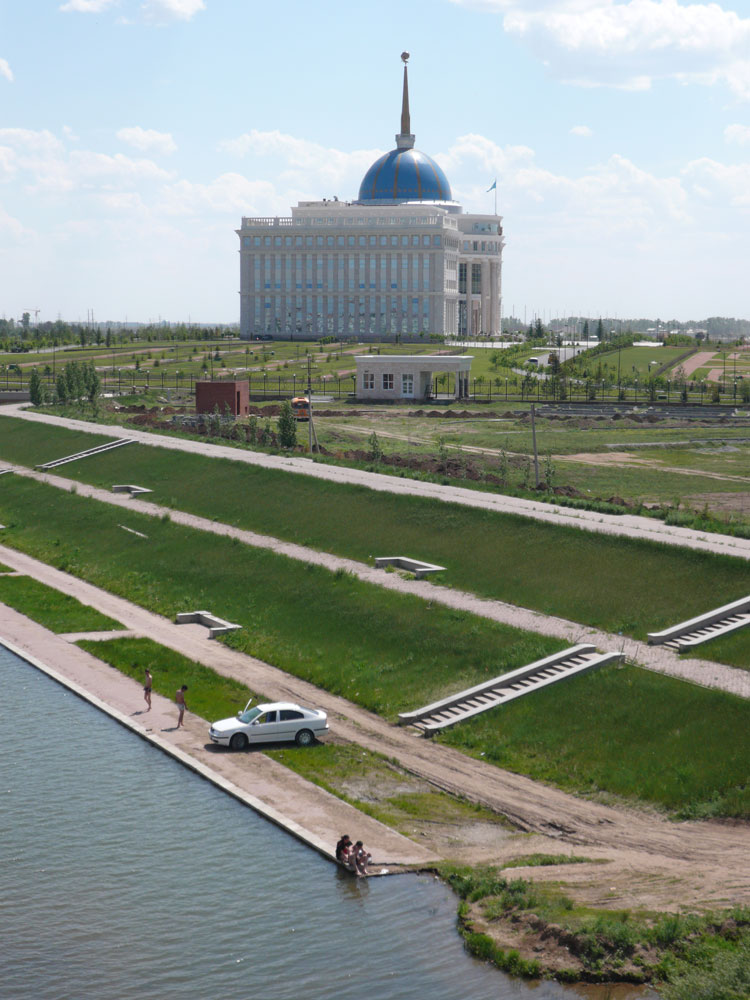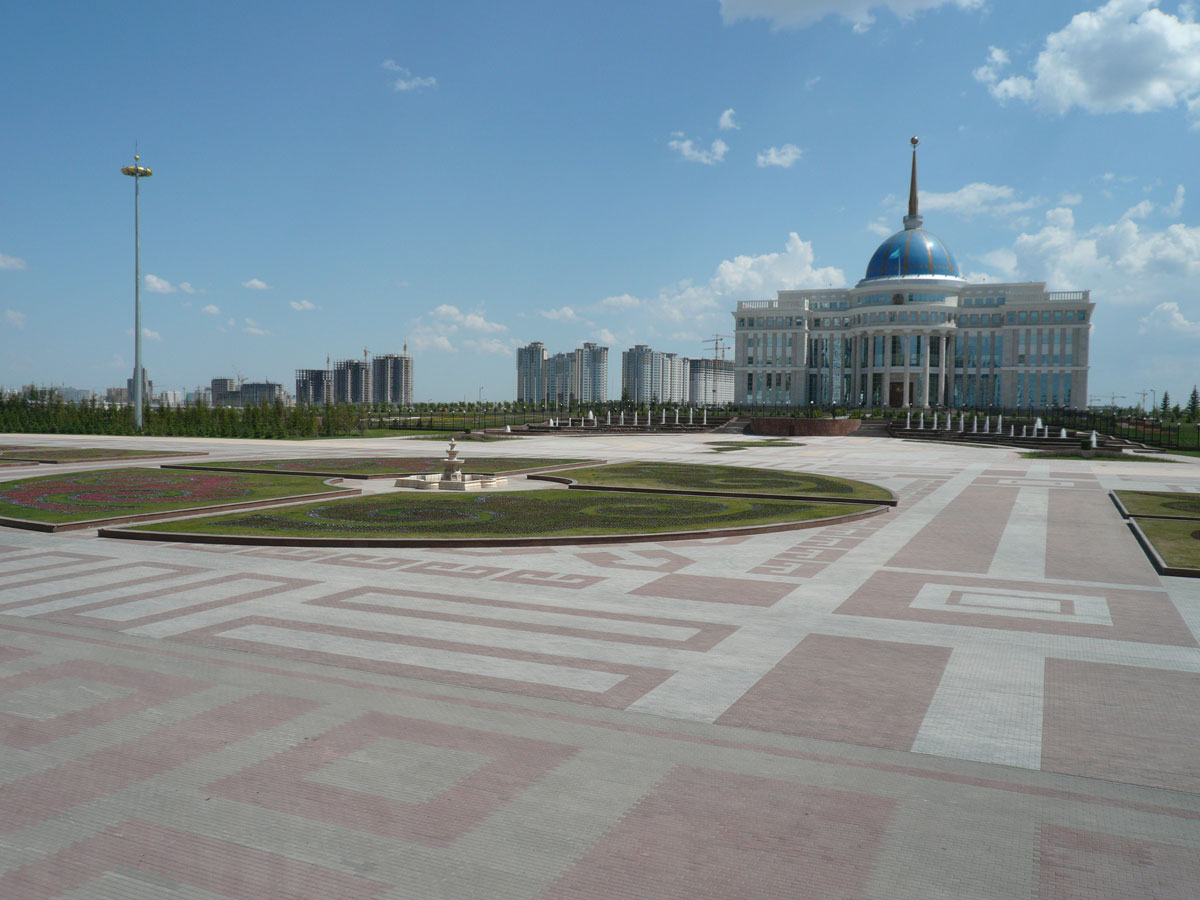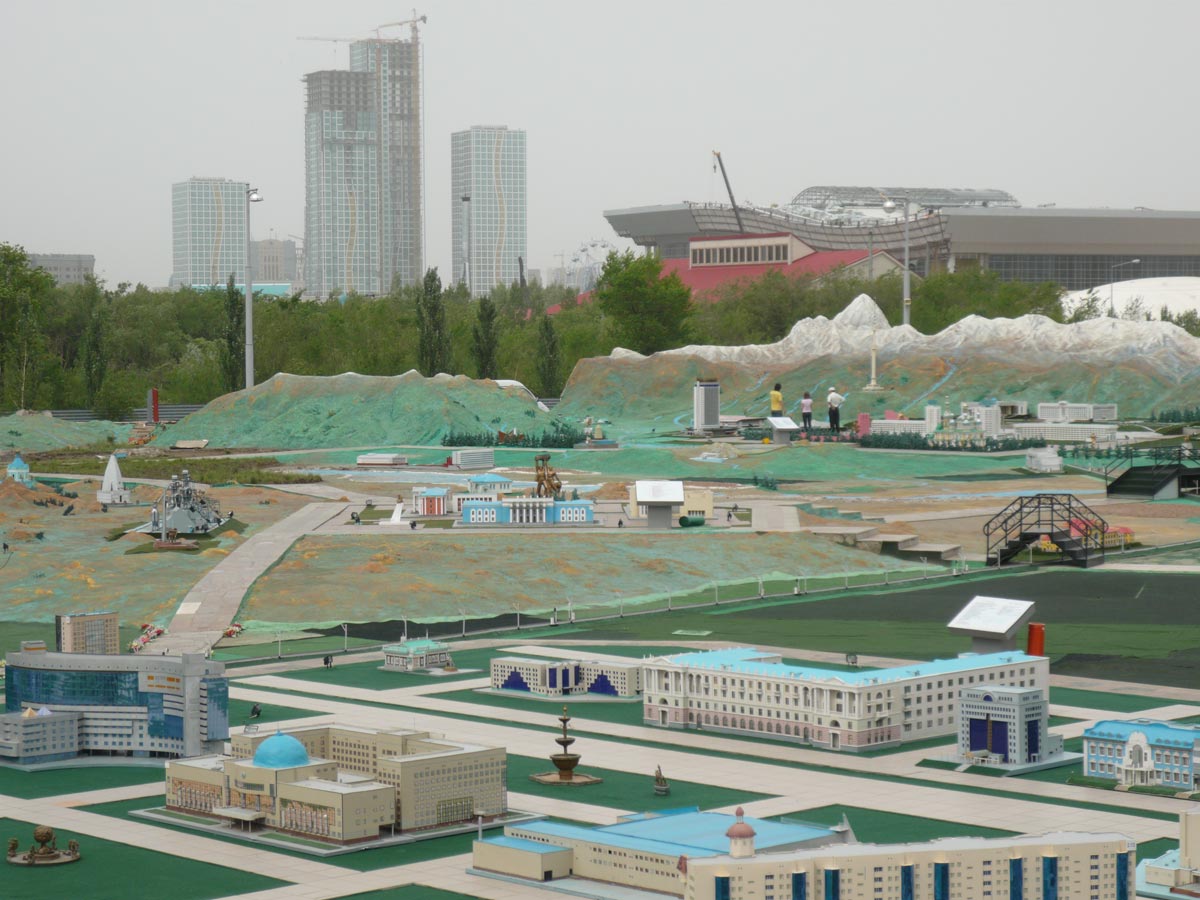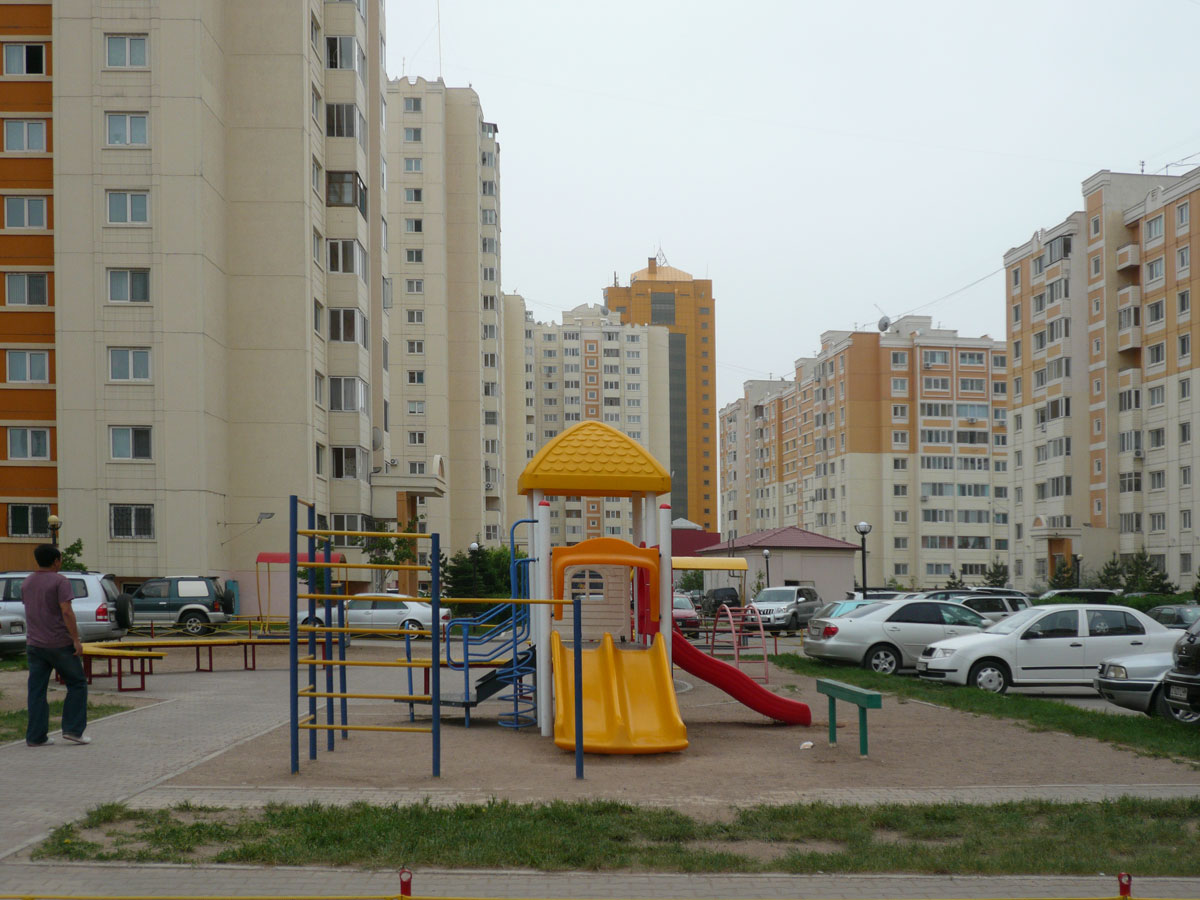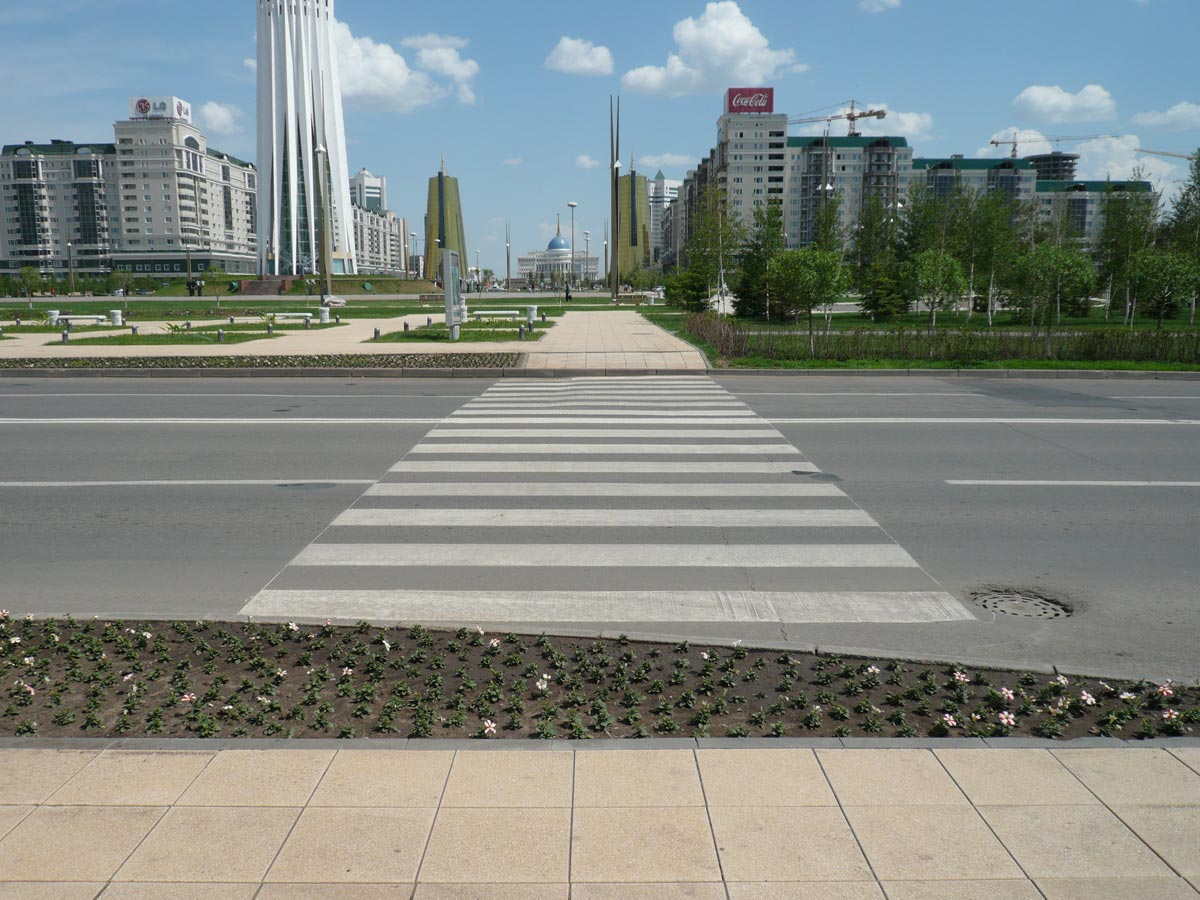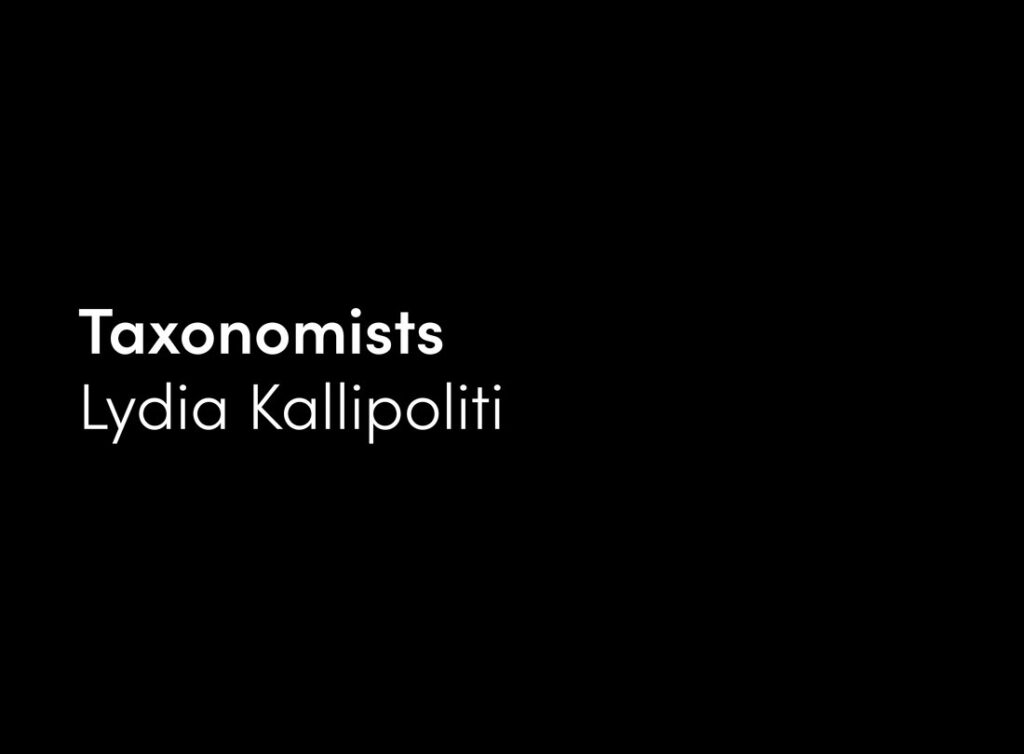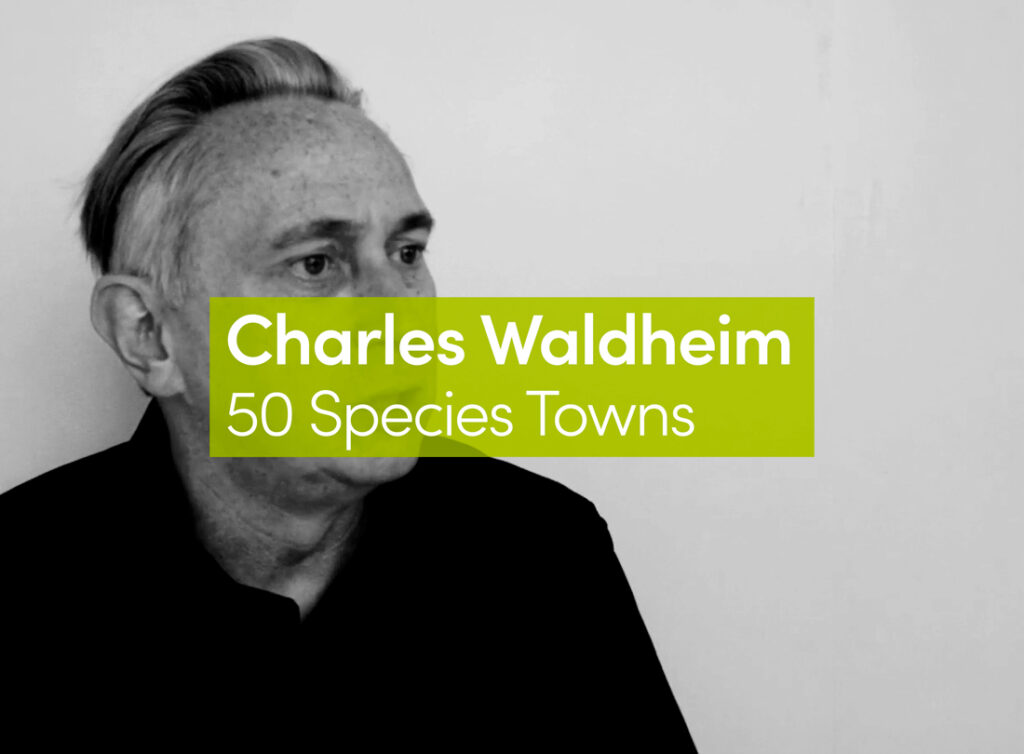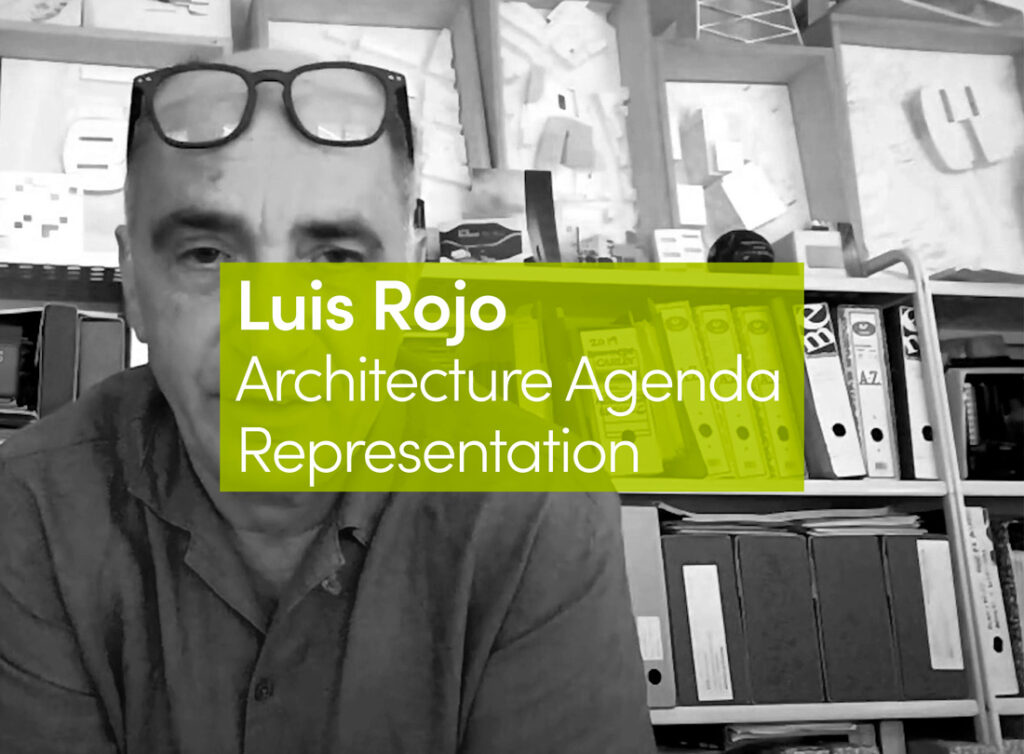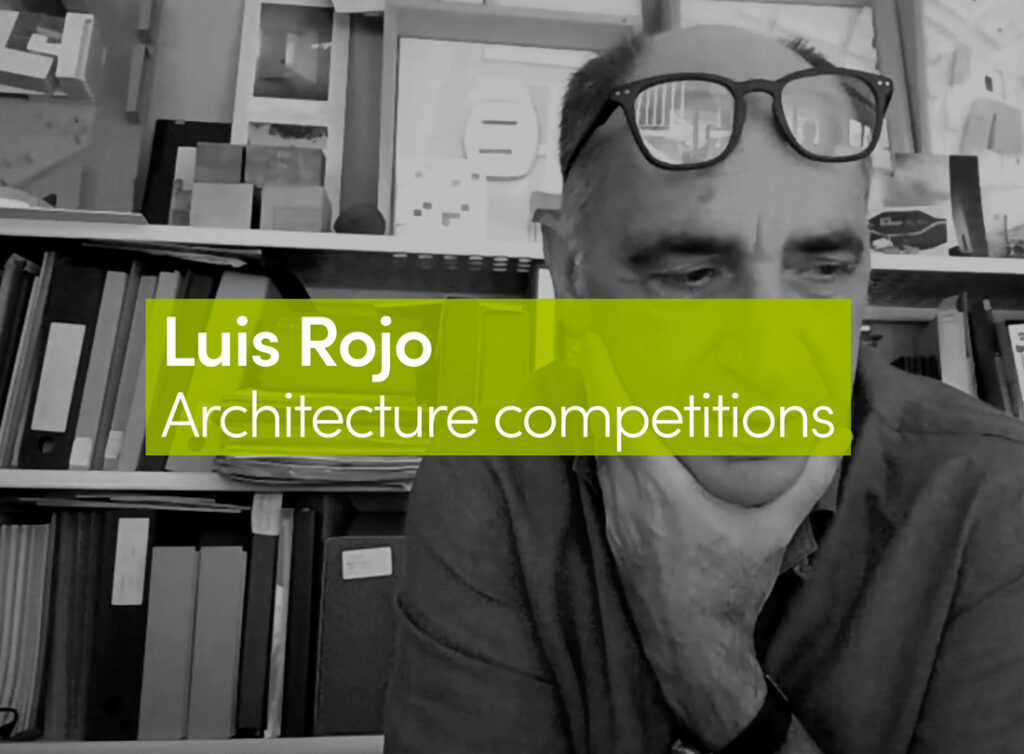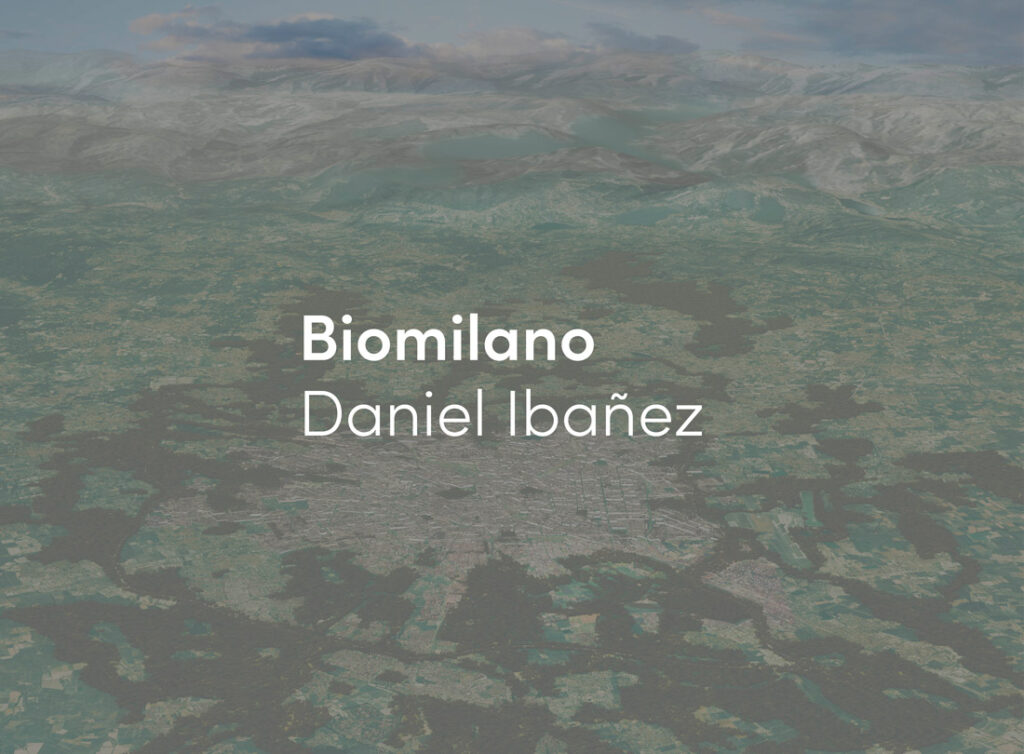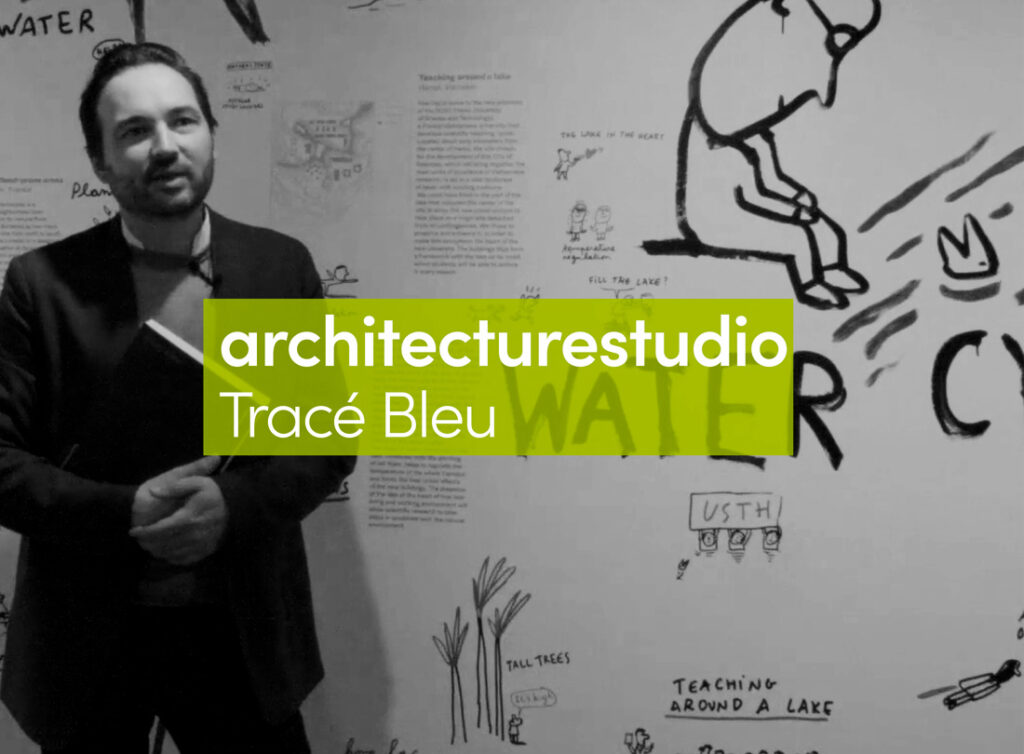I sometimes get these horrible flashbacks of Sacha Baron Cohen’s completely obnoxious Borat Sagdiyev.
I don’t know exactly what’s triggering this: Borat’s absolute indifference to any political correctness, his ability to overrule any given bias, or his horrible talent for scandalizing with the sacred idea of cultural relativism. I’m not really sure.
There is definitely something in his “Cultural Learnings of America for Make Benefit Glorious Nation of Kazakhstan” that keeps troubling my mind. And this is certainly not the ironic self-fulfilling prophecy of the ‘make benefit’ movie! As a matter of fact, it came tome as no surprise to see the tourist minister of Kazakhstan praising Borat for boosting the number of tourists going to Kazakhstan with a 13% increase.
But no, I don’t envy fiction’s ability to change reality-even if for the better. Maybe the most provocative ‘learning’ from Cohen’s movie is the fact that the times are over when you could go so far away, to places so different, that all your inherited conventions were automatically suspended. Secondly, I’m still struggling with the question if we really need someone with absolutely no moral habitus like Borat to reveal the hidden reservoirs of prejudice and intolerance within our own culture. Maybe indifference to any rule of conduct just provokes more indifference?
An Intuitive Decision
It was certainly not Borat who made me go to Kazakhstan in May 2009. My trip to the steppe of south Siberia wasn’t initiated by any prejudices or secret expectations of finding total cultural deprivation. I actually went to see the new work of Lord Norman Foster and the grand master plan for Kazakhstan’s new capital Astana, made by my old hero Kisho Kurokawa. And I had no reason to be wrong about this extremely beautiful and very prosperous country. I knew about the country’s impressive statistics: the country covers an area larger than the whole of Western Europe with a population of 16.2 million. With its enormous unexploited reserves of oil, gas and raw materials, Kazakhstan is potentially one of the richest countries in the world with an annual growth rate of about 10% over the past 8 years. Average income per capita rose from $ 3.331 in 1995 to around $11.000 in 2007. The distribution of the wealth is uneven, but the standard of living has markedly improved in several places, and a new middle class with purchasing power make their presence clearly felt in the street scene of the country’s larger cities.
Without a doubt, however, the most noticeable development in Kazakhstan’s recent history is taking place in the country’s capital city, Astana. There, a sizeable portion of the revenue that manages to slip through the power network’s channels is at present being invested in a spectacular building project carefully staged by President Nursultan Nazarbayev.
According to official news channels, investment in the construction of the new capital of Astana runs into more than $12 billion. This ambitious project is by far the largest investment in a program aimed at establishing a political identity that will distinguish Kazakhstan as an independent nation. And it is also a key development in establishing an intimate symbolic association between the new capital and the country’s absolutist father-figure. As a matter of fact, the creation of Astana can be attributed completely with reservations to Nazarbayev, and the great decision-maker has made it clear to the BBC that moving the country’s capital is his most audacious decision as a president: ‘It was a huge risk, and I took it intuitively’. [1]
And although this courageous personal decision requires no further explanation, Nazarbayev himself has recently referred to Peter the Great’s determination to move Russia’s capital from Moscow to St. Petersburg and to Kemal Ataturk’s resolution to move Turkey’s seat of government from Istanbul to Ankara as good precedents. [2]
lf other explanations for the decision dwell on the risk of earthquakes in the mountains around the former capital, Almaty, less partial conjectures point towards a geopolitical motive: an eye on strategic control of oil production and a desire to establish a new demographic balance in the area to the north that is still dominated by Russians.
One thing, however, is beyond doubt. Astana is the new symbolic focal point of Kazakhstan’s nationhood and the epicenter for the self-promotion of Nazarbayev as father of the nation. ‘Every project, every building is approved by him’, [3] as a spokesman from the ministry for foreign affairs puts it.
The new capital is expanding rapidly, and the president has a firm grip on its evident symbolism. [4] Astana literally means ‘capital city’ in Kazakhstani, and the centre of the country’s relocated power base is defined by nothing less than the imprint of Nazarbayev’s own hand impressively cast in gold. Planning, power symbolism and personality cult are inseparably linked in Kazakhstan, and the majority of Astana’s many new construction projects are therefore designed by architects who are both local and savvy. On the other hand, the master plan itself, along with same of its more ostentatious buildings, have been carried out in collaboration with international ‘starchitects’, who apparently have no qualms about participating in Nazarbayev’s project of constructing a political identity.
The abundance of oil money, however, lures commercially oriented architects into a paradoxical dilemma. Without exception, the internationally recognized architect firms who win construction assignments because of their reputation as the cultural avant-garde, have to compromise the independence and the culturally liberating practice that give them their social legitimacy. At some point the artistic autonomy invoked by these world-famous architects has to submit and adapt to a symbolic language that is ready-made and controlled by a political elite.
Kurokawa’s Master Plan on the Rocks
The decision to move the country’s capital about 1300 km to the north, from Kazakhstan’s largest city Almaty to the town of Akmola, was taken by Nazarbayev back in 1994. The relocation of the main seat of government became a reality three years later, in 1997, and that same year what was during the Soviet era called Tselinograd was again renamed to Astana.
In 1998, the Kazakhstani government launched an ‘International Tender for the Draft of the Master Plan of Development of the New Center of Astana’, which is won by the Japanese architect Kisho Kurokawa. The presentation of the award takes place in October 1998, whereupon Kurokawa’s master plan is slowly but surely reworked until it becomes pretty much unrecognisable. Nazarbayev was the project’s entrepreneur, and the president himself selected Kurokawa’s project proposal as the winner, but the Japanese architect turns out to be but a small piece in an intricate power game. A local company, which two years earlier won a previous national architectural competition to create plans for the new capital, was involved from the outset in the concrete implementation of the project, and at about the same time as Kurokawa’s team is landing in Astana to start their work, another master plan proposal is accepted, this time developed by the Saudi concern, the Bin Laden Group. By the time of its final approval in 2001, Kurokawa’s abstract symbolism and his visions for a metabolic urbanism in symbiosis with nature have been totally altered.
There is a strong streak of pragmatism in the Kurokawa who gradually relinquishes his ideas, finds Japanese financial support and alerts his colleagues to the fact that ‘Leaders of developing countries often prefer strong forms and images. Such plans as small buildings scattered in the woods are not effective’. [5] The Japanese star architect ends up quite literally rolling out a sheet of tracing paper over Bin Laden’s master plan and tracing the Saudi concept. A few fragments of the original winning entry such as the airport, the system of ring roads and same of the green zones nevertheless survive this process of political adaptation.
From the fascinating account given by the project worker Tsubokura Takashi, [6] is not evident what, in the last resort, made Kurokawa accept Nazarbayev’s controlled assimilation of the master plan. The fact is that Kurokawa continues to give his name and his reputation to a master plan that in reality is a dynamic representation of the president’s on going revelations.
During Astana’s 10th anniversary, celebrated on the president’s birthday, 6th July 2007, one of the government controlled homepages carried that ‘Kisho Kurokawa, the superstar architect designed much of the city plan, but in spite of the many extraordinary talents involved, President Nazarbayev is Astana’s ultimate visionary. ‘Our plans for Astana are grand’ he explains’. [7]
The Japanese star architect was not able to get his ideas realized but he can take comfort from the thought that today his name contributes to ‘branding’ Nazarbayev’s city.
Symbols of the Grand Plan
The new centre of government is an extension of the earlier southern Siberian outpost Tselinograd.
The linear structure of the old town has been broken up and overtaken by the development, but the remains of the linear town can still be discerned around the railway station. The urban development has pushed southwards, and today the most lively districts are to be found around the main streets running north-south and linking the original town structure with the new centre of government south of the lshim river. The majority of the new government offices and state institutions are situated along a monumental axis running east west, the centre of which is defined by the 97-meter high Baiterek tower with it’s gilded ‘egg’ on the top. The so-called ‘Tree of Life’, in which an imprint of Nazarbayev’s hand is preserved, has a wealth of symbolic meaning and in many ways condenses the national ethos. The profile of the Baiterek tower is a stylized miniature of the monumental axis itself. The height of the tower refers to the year of the foundation of Astana, and the golden egg at the top serves as an observation tower for the nation’s development: from the gilded sphere it is possible to see the hundreds of building cranes currently working to complete what is called ‘The City of the 21st Century’. [8]
Things are moving fast for, according to the plans, Astana is due to be completed in 2030 and will have grown from just under 300,000 to over a million inhabitants. As such, the construction of the most important institutions is as good as complete.
The presidential palace and the national oil company KazMunaiGas already stand on the new monumental axis as the most prominent centres of gravity. To the east a megalomaniac apartment block together with the two parliament buildings frame Nazarbayev’s residence. With its characteristic blue dome, the presidential palace is constructed as a form of post modem paraphrase of the national architecture fictional tradition and is somewhat reminiscent of the palace of the emir of Abu Dhabi.
Further away towards the horizon and behind the president’s palace, we get a glimpse of Lord Norman Foster’s pyramid-shaped ‘Palace of Peace and Reconciliation,’ which houses a theatre and a convention centre for the religions of the world.
West of ‘the Tree of Life’ and highly conspicuous at the other end of the axis, the headquarters of the national oil company KazMunaiGas dominates. With its distinctive copper-coloured reflective windows, the building housing this powerful company carries an afterglow of the imposing historicism of the Soviet era, and comparison with Hotel Atlantis on the tropical island of Jumeirah in Dubai is unavoidable.
Rising behind KazMunaiGas are the foundations of yet another one of Norman Foster’s latest masterpieces, the so-called ‘Khan Shatyr’, which is to house a 100,000 square metre entertainment centre.
According to the authoritative interpretation, this vast tent structure refers to the traditional tent of the nomad peoples, the so-called Yurt, and it is planned to withstand Astana’s extremes of temperature which range from -30°C and below in winter to over + 30° C in summer. With a future resident population of 10,000, Norman Foster’s Royal Yurt will almost become an independent town within a town and from a marketing point of view will be the first of Astana’s construction projects to vie with the many ‘instant city’ projects in the Gulf. As such, apart from the Nursultan Nazarbayev, ‘The Tree of Life’ and the KazMunaiGas headquarters, only Lord Norman Foster has had the honor of being allowed to take up a position on the central line of the axis of power itself. All other government buildings lie along the monumental axis like a bordering and rather more anonymous wall. After the downfall of Kurokawa, it is overtly conspicuous that the English top architect has become Nazarbayev’s new court architect.
The End of Western Thinking?
In the official media Astana is compared with Canberra, Brasilia and Dubai-and this is not entirely inappropriate.
The city’s new master plan has, like Canberra, a symbolism that is simple to read and clear axes that disappear out in to a desert landscape. Astana also has something of Brasilia’s brutal monumentality of scale and is slightly reminiscent of Dubai’s wild ‘fantasyland’ architecture. There are also clear parallels to Malaysia’s new capital Putrajaya, Washington D.C., East Berlin before the fall of the wall and Las Vegas without all the fun parts.
Kazakhstan’s new capital is an architectural hotchpotch the like of which the world has never seen. It is totally foreign and yet still completely familiar, for the order informing Astana inscribes itself in the ur-traditions of the language of power, and the city’s atmosphere sets up a chain reaction of idiosyncratic associations to the sombre architecture of the French revolution, to a postmodern version of St. Peter’s Square, to the Olympic festivities without the people, to Rotterdam’s Lijnbaan prior to renovation, and to Nicolai Ceausescu’s palatial colossi.
It is difficult to describe the scenario without either ending up simply making a critique of power or getting involved in drawing a Eurocentric caricature from afar. Nazarbayev’s pompous gesticulations of power provoke a sarcastic response as an almost knee-jerk counter-reaction from the western press. Almost without exception all uncensored English-language articles about Nazarbayev’s Astana fall into the unavoidable normative trap. Part of the problem is that no categories, so to speak, apply for all the new buildings in the city. With some very few exceptions the majority are total kitsch-brand new and completely tattered.
Nazarbayev’s project for the creation of a national identity compromises the criteria and values that underlie the modern architectural tradition of breaking away with the past.
One way of addressing the dilemma of ‘our’ cultural bias is to undertake a quantitative approach, as has been done, for example, in the many muddleheaded reports from Dubai, where time and again architecture and planning are presented as though their sole purpose was to compete for a place in the ‘Guinness Book of Records’.
The non-committal viewpoint of the tourist as consumer of experience is another perfectly acceptable way-out that a number of the architects working for despotic dictator states make use of when they have to describe the context without directing criticism at anyone. These can take the form of a kind of comparative analysis of official tour guides and ether neutral quantity indices- a little like AMO’s most recent research publication from the Gulf.
As the present example illustrates, it can be difficult to separate out a critique of architecture from the perception of power that lies behind the facade. But, even so, it would be a sad state of affairs it the architectural profession reduced its commitment to no more than a commercial entrepreneurial strategy with a secondary part as an exponent of a wide-eyed form of cultural diplomacy. The official father of Nazarbayev’s master plan for Astana, Kisho Kurokawa himself, describes his metabolistic approach to architecture as ‘the end of Western thinking’.[9]
Whether there are reasons for his once having conceived so much sympathy for the idea that he held out to the bitter end we do not know. But at all events the Japanese master’s dictum contains an ironic truth.
To a considerable extent what Astana represents is a complementary base to Western architectural tradition. The local head of urban planning, Vladimir Laptev, speaks of building bridges between Asia and the West and, according to ‘Wikipedia’, he would like to see Astana become ‘the Berlin of Euro-Asia.’[10] In this context, however, it is difficult to say whether Nazarbayev’s new English court architect sees himself as Albert Speer or Jesse Owens.
